All over the world, there are no RoHS standards but a list of regulations restricting the use of certain chemicals in electrical and electronic equipment (EEE). The most popular one is EU RoHS. Other countries have also implemented RoHS regulations:
International organizations have been developing standards to help producers, importers, and third parties assess products against environmental regulations like RoHS. They are what we call here the RoHS standards.
We can divide the RoHS standards into two groups:
Let’s look at their differences and how they can be beneficial to you.
IEC stands for International Electrotechnical Commission. It is one of the oldest international organizations, more than a century old. Over the years, IEC has published numerous standards to harmonize electrical and electronic practices. As a result, IEC has tremendously facilitated the expansion of technologies.
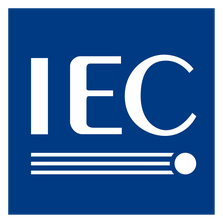
This standard family gives a precious method when it comes to testing samples against restricted substances. Every section of IEC 16321 addresses laboratory activities for the determination of RoHS substances:

Standard IEC 62474 – Material Declaration for Products of and for the Electrotechnical Industry gives a harmonized XML format of material declaration. The material declaration requirements include RoHS exemptions. It is also beneficial to REACH SVHC declarations.
We can compare IEC 62474 to the IPC 1752A standard or the Enviropass Product Environmental Compliance (EPEC) Excel Form.
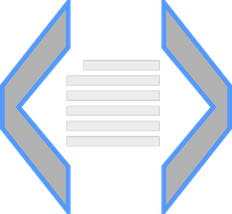

Additionally, IEC maintains the online IEC 62474 database on material declaration where we can find, among other things:

You will have to consider:
IEC 63000, Technical documentation for the assessment of electrical and electronic products with respect to the restriction of hazardous substances, is a precious standard when it comes to building your RoHS technical file to demonstrate compliance against RoHS-like regulations.
It is the paramount standard for complex products with numerous homogeneous materials, and it is risk-assessment based.
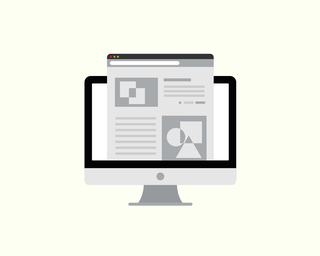
ISO stands for the International Organization for Standardization. This international organization is in Geneva, like IEC. It publishes various compliance standards, including quality and environmental ones. Whether it is about manufacturing a product or providing a service, standards represent the best way of carrying a process.
When developing standards, ISO follows the views of experts in the field. Here is a list of some of the corporate preoccupations addressed by ISO:
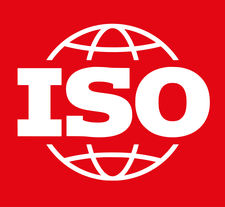
| Topics | Some Objectives |
| Quality management | Increase efficiency and decrease product failures |
| Environmental management | Reduce negative impacts on the environment, decrease waste levels and encourage sustainability |
| Health and safety | Decrease the risks of accidents |
| IT security | Address the safety of sensitive information |

The ISO environmental management standards fall under the 14000 family. The 14000 standards help organizations better address their environment-related concerns. In other words, it provides a framework for organizations to support an effective environmental management system. These standards do not apply to one specific industry. Instead, ISO Technical Committees usually design them to help a wide range of sectors.
ISO 14001 is the most well-known of the family as all over the world corporate environmental management systems are ISO 14001 certified.
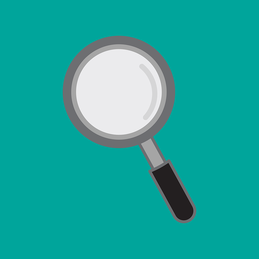
ISO 14065 gives general principles and requirements for bodies validating and verifying environmental information.
ISO published the first ISO 14065 standard in 2007. Later on, in 2013, a second edition was issued: ISO 14065:2013, which focused on the requirements for validating greenhouse gas (GHG) statements. Then ISO released a new version in 2020: ISO 14065:2020, covering many types of environmental declarations.
Here are the changes in that 2020 edition:

ISO 14065 details seven requirements:
1. General Requirements
The general requirements are about the responsibility of the organization to validate statements appropriately while ensuring impartiality. Impartiality implies an environment where there is no conflict of interest. Legal topics such as legal entity and liability are also some of these legal requirements.
2. Structural Requirements
Structural requirements focus on the structure of the organization and the top management. They also involve operational control in the organization.
3. Resources
Resource requirements are about adequately managing the personnel and their competencies. They also address the possibilities of outsourcing the work.
4. Programs
Programs give objectives to particular products or activities. ISO 14065 provides requirements to manage these programs.
5. Processes
Process requirements involve various topics, such as dealing with the facts found after the validation process and managing appeals and complaints.
6. Information
Information requirements are about communication to the public and other bodies. It also considers confidentiality.
7. Management systems
Management system requirements focus on internal audits and possible actions to address the risks and opportunities.
ISO has created this series to help the industry getting the best practices about conformity assessment in general.
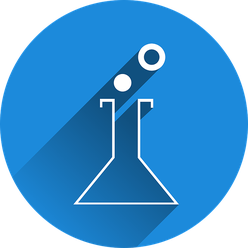
This standard shows General requirements for the competence of testing and calibration laboratories.
Laboratories performing analytical testing can get ISO 17025 certified to demonstrate the quality of their processes, including:
Enviropass is here to help you find the best strategy with the applicable standards.